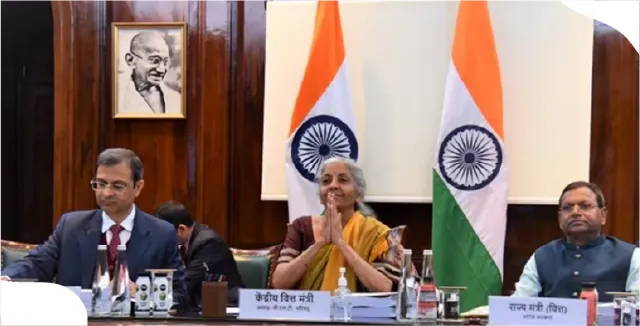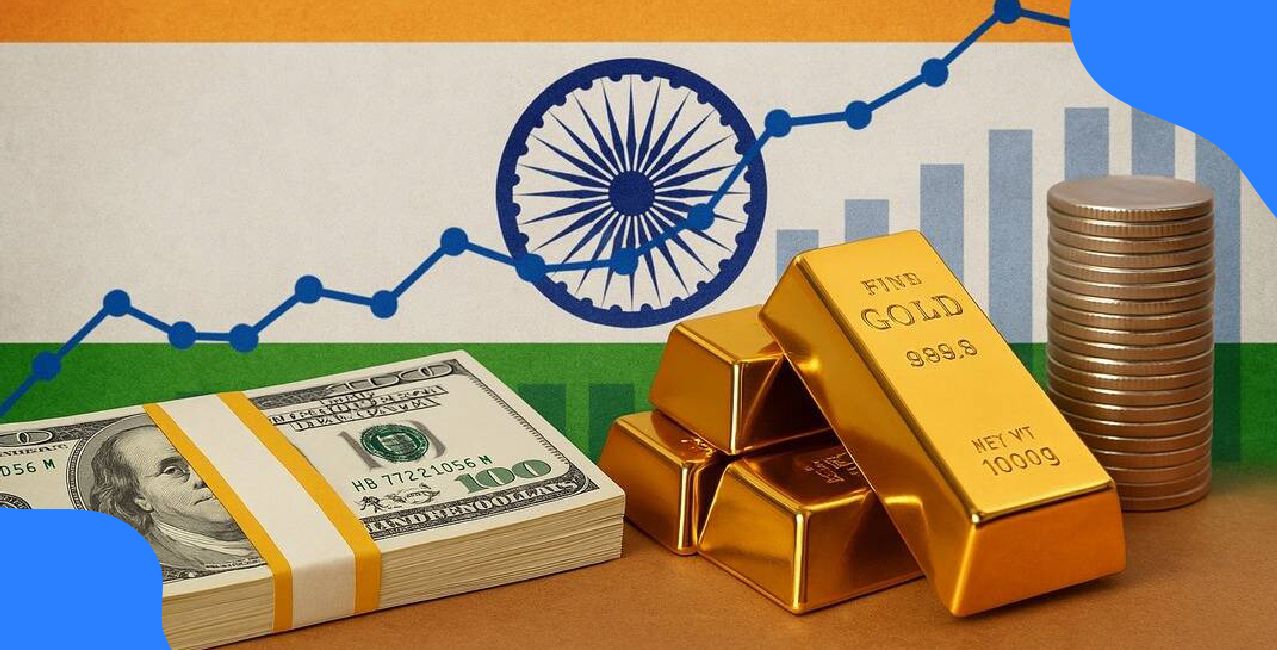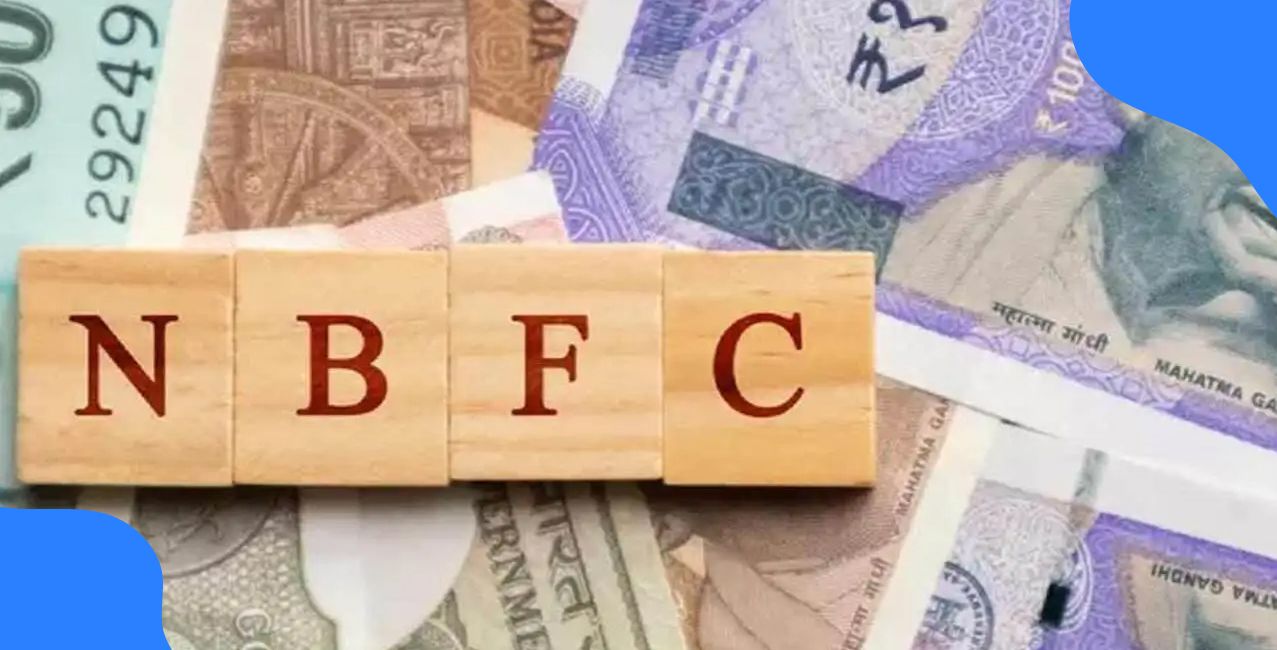
Author
LoansJagat Team
Read Time
4 Min
23 Jul 2025
No Decision Yet on GST Rate Cut, Says Finance Ministry; Final Call Lies with GST Council
Retail inflation was around 4.58% in June 2025. Household budgets remain under strain, especially for essential and mid-range goods. Many such products continue to be taxed under India’s four-slab GST structure (5%, 12%, 18%, and 28%), leading to price pressures on end consumers.
Despite widespread calls for reform, the long-awaited GST rate rationalisation is under wraps. GST rate rationalisation has been pending since it was first seriously proposed at the 45th GST Council meeting in 2021.
From that point through the 55th GST Council meeting in December 2024, "rate rationalisation" has remained on the agenda but with no final decision in sight. Now, ahead of the upcoming GST Council meeting scheduled for next week, speculations are back in the spotlight.
Will the Council finally scrap the 12% GST slab to simplify the tax regime?
Who Will Cut GST Rates? The Answer Lies With the GST Council
Rumours abound that the 12% GST slab may soon come to reality by the end of July, 2025. If that happens, goods and services under this slab would either move down to 5% or up to 18%, depending on their classification and consumption category. However, such a change is not a unilateral decision.
As clarified in a written reply in Parliament by MoS Finance, Pankaj Chaudhary, GST rates can only be revised on the recommendation of the GST Council.
To examine this matter, a Group of Ministers (GoM) was formed during the 45th GST Council meeting held in September 2021. The group was tasked with reviewing the existing slabs and suggesting rationalisation.
However, no report has yet been submitted, leaving the reform in limbo.
What are GST Slab Rates? A Quick Guide
India’s GST structure operates on five major tax slabs, designed to balance revenue needs with affordability.
How Do These Rates Apply to Goods and Services?
The way GST is applied varies based on interstate vs intrastate transactions:
- For interstate supply, IGST (Integrated GST) is levied.
- For intrastate supply, the tax is split equally between CGST (Central GST) and SGST (State GST).
Example:
Let’s assume a smartphone attracts 12% GST.
This ensures consistency in tax liability, regardless of geography, while enabling fair revenue sharing between the Centre and States.
What Will Happen if 12% GST Is Removed?
Removing the 12% slab could simplify the GST system, but it’s not without complications. As per experts, reallocating goods to either 5% or 18% will have both economic and political ramifications.
- If some essential or semi-essential goods shift from 12% to 18%, prices could rise, burdening the middle class.
- On the other hand, shifting to 5% would mean revenue losses for the Centre and States.
- The bigger concern: items like medicines and tractors, which fall under the 12% bracket, cannot be uniformly shifted without policy trade-offs.
Pros and Cons of Eliminating the 12% Slab
Additionally, political considerations make this decision even more complex, especially in the pre-election year.
Conclusion
Despite the media buzz and ongoing speculation, the Finance Ministry has clearly stated that there is no active proposal to reduce GST rates at this point. The decision lies entirely with the GST Council, whose GoM is yet to submit its report.
As inflation continues to affect household budgets, the call for GST rationalisation is growing louder. While a simpler GST regime would be welcomed by businesses and consumers alike, the complexity of India’s consumption patterns and state-level revenue dependencies makes this a high-stakes reform.
The upcoming GST Council meeting next week might not bring final answers, but it could offer clues on where things are headed.
About the Author

LoansJagat Team
‘Simplify Finance for Everyone.’ This is the common goal of our team, as we try to explain any topic with relatable examples. From personal to business finance, managing EMIs to becoming debt-free, we do extensive research on each and every parameter, so you don’t have to. Scroll up and have a look at what 15+ years of experience in the BFSI sector looks like.

Quick Apply Loan
Subscribe Now
Related Blog Post

LoansJagat Team • 11 Dec 2025

LoansJagat Team • 11 Dec 2025

LoansJagat Team • 12 Dec 2025